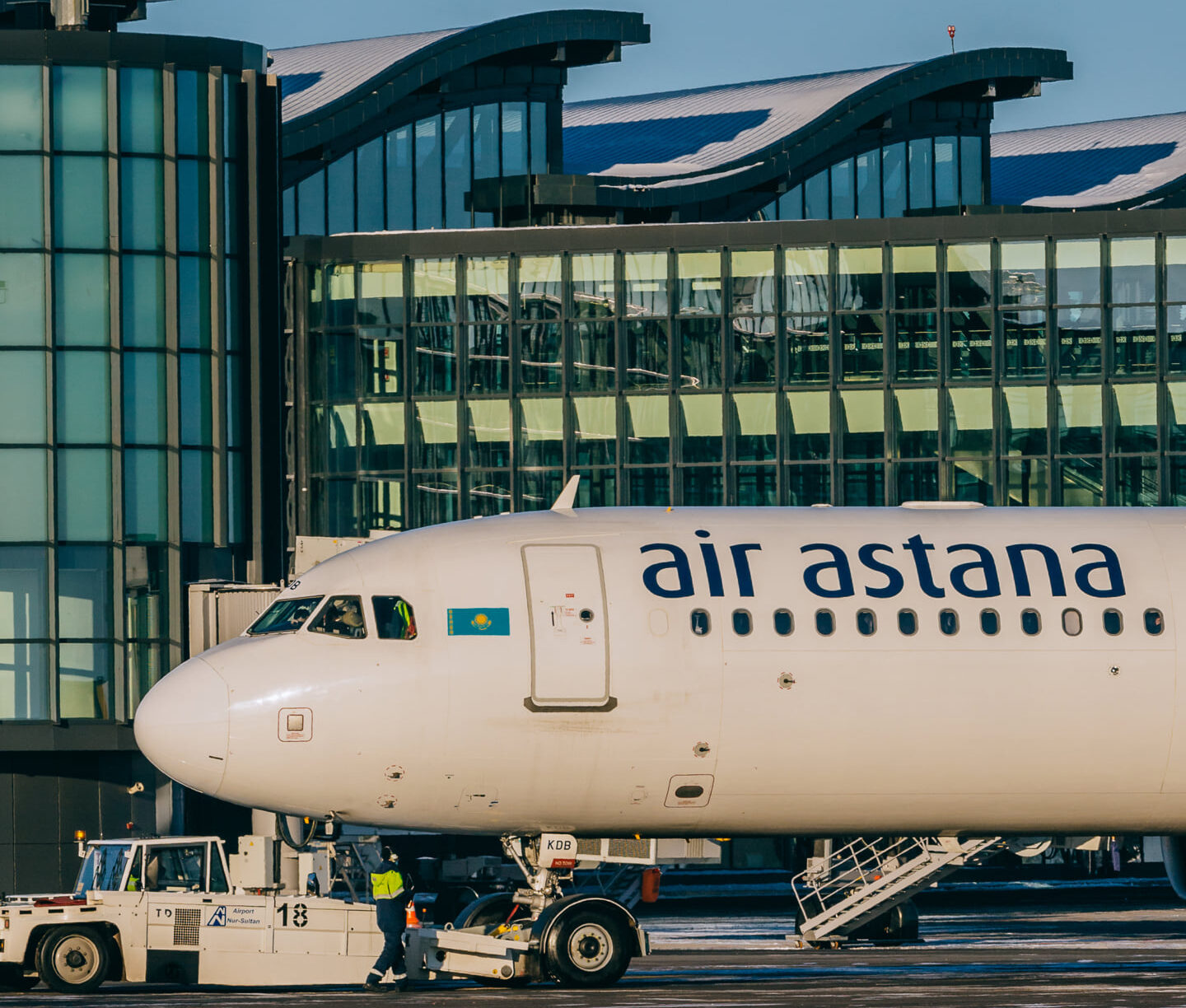Air Astana 2004 Incident: The Shocking Event That Left Everyone Speechless
In 2004, the world witnessed one of the most shocking aviation incidents involving Air Astana, a name that sent shivers down the spines of passengers and aviation enthusiasts alike. It was a day that changed everything for this young airline and left an indelible mark on Kazakhstan's aviation history. The incident wasn’t just about mechanical failure or bad weather; it was a complex web of human error, technical glitches, and sheer bad luck. But let’s dive deeper into what really happened that day, shall we?
When we talk about aviation disasters, our minds often jump to the big names like Malaysian Airlines or TWA. But the Air Astana 2004 incident is one of those lesser-known stories that deserves a spotlight. It wasn’t just about a plane going down; it was about the resilience of a nation and an airline that refused to be defined by one tragic event.
So, buckle up, because this story isn’t just about numbers and facts. It’s about the people involved, the decisions made, and the lessons learned. And trust me, by the end of this article, you’ll have a whole new perspective on what it means to survive and thrive in the face of adversity.
- Is Matt Rife Sober Unveiling The Truth Behind The Rockstars Journey
- Nathan Fillion The Charismatic Actor Who Stole Our Hearts
Understanding the Air Astana 2004 Incident
The Air Astana 2004 incident wasn’t your run-of-the-mill aviation hiccup. This was a full-blown emergency that tested the mettle of everyone involved. On July 11, 2004, Flight KC1357, operated by Air Astana, was scheduled to fly from Almaty to Istanbul. But things took a drastic turn when the aircraft experienced severe turbulence shortly after takeoff.
What Really Happened?
Now, you might be thinking, "Was it just bad weather?" Well, not exactly. While turbulence was a factor, the real issue lay in a combination of human error and technical failure. The pilots, who were relatively inexperienced, misjudged the severity of the situation and failed to follow standard emergency procedures. This led to a chain reaction that almost caused the plane to crash.
Here’s a quick rundown of what went down:
- The plane encountered unexpected turbulence just minutes after takeoff.
- Pilots struggled to regain control, leading to a rapid descent.
- Passengers and crew experienced extreme fear as the plane dropped several thousand feet.
- Thankfully, the crew managed to stabilize the aircraft and perform an emergency landing back in Almaty.
Impact on Air Astana and the Aviation Industry
The incident had far-reaching consequences for Air Astana and the aviation industry as a whole. It wasn’t just about the airline’s reputation; it was about trust, safety, and accountability. The world was watching, and Air Astana had to prove that it could handle such crises with grace and transparency.
How Did Air Astana Respond?
Air Astana didn’t shy away from the incident. Instead, they took immediate action to address the concerns of passengers and stakeholders. Here’s what they did:
- Conducted a thorough investigation to determine the root cause of the incident.
- Implemented stricter training programs for pilots and crew.
- Upgraded their fleet with more advanced aircraft equipped with modern safety features.
- Engaged in open communication with passengers, addressing their fears and concerns.
These steps not only helped Air Astana recover from the incident but also set a benchmark for other airlines in terms of crisis management.
Lessons Learned from the Incident
Every disaster, no matter how tragic, offers valuable lessons. The Air Astana 2004 incident was no exception. It taught the aviation industry some hard but necessary truths about safety, preparedness, and human error.
Key Takeaways
Here are some of the most important lessons that emerged from the incident:
- Training Matters: Pilots and crew need rigorous and continuous training to handle emergencies effectively.
- Technology is Key: Modern aircraft equipped with advanced safety features can make a significant difference in preventing accidents.
- Transparency Builds Trust: Airlines that communicate openly with passengers during crises are more likely to regain trust.
- Human Error Can Be Mitigated: By implementing stricter protocols and procedures, airlines can reduce the likelihood of human error.
The Role of Human Error in Aviation Disasters
Human error is often cited as a leading cause of aviation incidents. In the case of Air Astana 2004, it played a significant role. The pilots’ lack of experience and failure to follow standard procedures contributed to the severity of the situation. But why does human error occur, and how can it be minimized?
Factors Contributing to Human Error
Several factors can lead to human error in aviation:
- Lack of proper training and experience.
- High-stress environments that impair decision-making.
- Overconfidence or complacency among crew members.
- Insufficient communication between team members.
Airlines must address these factors through comprehensive training programs, stress management techniques, and fostering a culture of open communication.
Technological Advancements in Aviation Safety
Technology has come a long way since 2004, and its impact on aviation safety cannot be overstated. Modern aircraft are equipped with cutting-edge systems that enhance safety and reduce the likelihood of incidents like the one involving Air Astana.
Innovations in Aircraft Safety
Here are some of the technological advancements that have revolutionized aviation safety:
- Advanced avionics systems that provide real-time data to pilots.
- Autopilot systems capable of handling complex maneuvers.
- Improved weather forecasting tools that help pilots avoid turbulence.
- Enhanced communication systems that ensure seamless coordination between ground staff and crew.
These innovations not only make flying safer but also more efficient and enjoyable for passengers.
Passenger Safety and Trust
For passengers, trust is everything. After an incident like the Air Astana 2004 event, regaining that trust becomes a top priority for airlines. But how do they do it?
Building Passenger Confidence
Airlines employ various strategies to rebuild passenger trust:
- Transparent communication about safety measures and incident investigations.
- Regular updates on fleet upgrades and technological advancements.
- Engagement with passengers through surveys and feedback sessions.
- Offering incentives like discounts and loyalty programs to encourage repeat business.
By taking these steps, airlines can reassure passengers that their safety is the top priority.
Regulatory Measures Post-Incident
After the Air Astana 2004 incident, regulatory bodies around the world took notice. They implemented stricter guidelines and standards to ensure such events never occurred again. But what exactly did these regulations entail?
Key Regulatory Changes
Here are some of the most significant regulatory measures introduced post-incident:
- Mandatory pilot training programs focusing on emergency response.
- Regular inspections and maintenance checks for aircraft.
- Implementation of advanced safety protocols and procedures.
- Increased collaboration between airlines and regulatory bodies to share best practices.
These measures have undoubtedly contributed to a safer aviation industry worldwide.
Biography of Key Figures Involved
Every incident has its heroes and villains. In the case of Air Astana 2004, several key figures played crucial roles in managing the crisis. Let’s take a closer look at who they were.
Data and Biodata
| Name | Role | Key Contributions |
|---|---|---|
| Captain Alexei Petrov | Pilot-in-Command | Successfully stabilized the aircraft and performed an emergency landing. |
| Sergei Ivanov | First Officer | Assisted the captain in navigating through the turbulence. |
| Dr. Elena Kuznetsova | Air Astana Safety Director | Overhauled the airline’s safety protocols following the incident. |
Conclusion: Reflecting on the Air Astana 2004 Incident
The Air Astana 2004 incident was a wake-up call for the aviation industry. It highlighted the importance of safety, training, and transparency. While it was undoubtedly a harrowing experience for everyone involved, it also served as a catalyst for positive change.
So, what can we take away from this story? First and foremost, it’s a reminder that no matter how advanced our technology becomes, human factors will always play a critical role in aviation safety. It’s up to airlines, regulatory bodies, and passengers to work together to ensure that incidents like this never happen again.
And now, it’s your turn. Did this article shed new light on the Air Astana 2004 incident for you? Do you have any thoughts or questions about what happened that day? Leave a comment below or share this article with your friends and family. Let’s keep the conversation going and make aviation safer for everyone.
Table of Contents
- Understanding the Air Astana 2004 Incident
- Impact on Air Astana and the Aviation Industry
- Lessons Learned from the Incident
- The Role of Human Error in Aviation Disasters
- Technological Advancements in Aviation Safety
- Passenger Safety and Trust
- Regulatory Measures Post-Incident
- Biography of Key Figures Involved
- Conclusion: Reflecting on the Air Astana 2004 Incident
- Lee Dong Wook Wife The Inside Story Of Love Fame And Family
- Jelly Bean Brains Only Fans The Ultimate Guide To Unlocking Your Curiosity

Understanding The Air Astana Incident A Comprehensive Analysis

Tragedy Of The Skies Air Astana's 2004 Incident

Kazakhstan’s Air Astana Resumes AstanaBeijing Flights The Astana Times